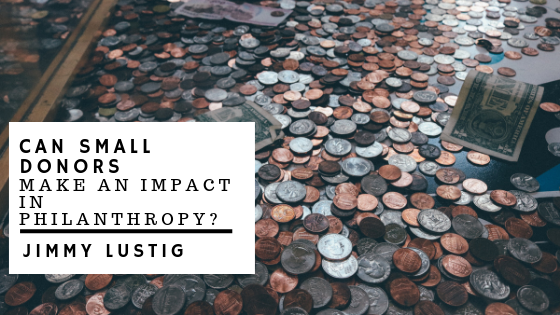It’s a commonly held belief that giving small amounts to philanthropy is pointless. Change can’t be done with just a few dollars, so donations should be left to those who can give in large sums. However, that type of thinking prevents change from happening. Small donors can still help to change the world with their philanthropic giving. Many small funders are uniquely positioned to be the catalyst for lasting change. Family foundations especially have the opportunity to help make a change in their communities, even if they are donating in small amounts. Here are three ways that small funders can have a more significant impact in philanthropy.
Small funders serve smaller areas, meaning they can build stronger relationships
Strong relationships are the foundation of lasting impact in philanthropy. Small donors can use those relationships to inspire larger groups to give. Think of a small community where the local hospital is slated for closure. A small funder that is connected to their community can rally everyone up to voice their support for the effort to save the hospital. This movement would have nothing to do with how much money the philanthropist gives, but everything to do with the connections they’ve been able to make with others.
Small funders can be more responsive and agile than larger ones
Without huge staffs and large boards, small donors and family foundations can make decisions quickly and deploy resources much quicker than large philanthropies can. With large organizations, it sometimes takes weeks to send out much-needed relief. When dealing with disasters in the local community, most small funders can approve emergency funding and send out relief within 24 hours. Quick response times have a significant impact on the people affected by natural disasters and help them to get back on their feet quicker.
Small funders can take risks
Risk is essential to philanthropy, and no one understands this better than small donors. While large foundations may also realize the importance of risk, they have barriers and safeguards in place that prevent them from taking advantage of the little opportunities that turn into considerable successes. Small funders can invest in a program that seems promising but has no proof that it will work. A modest investment may be precisely what the program needs to see success.
